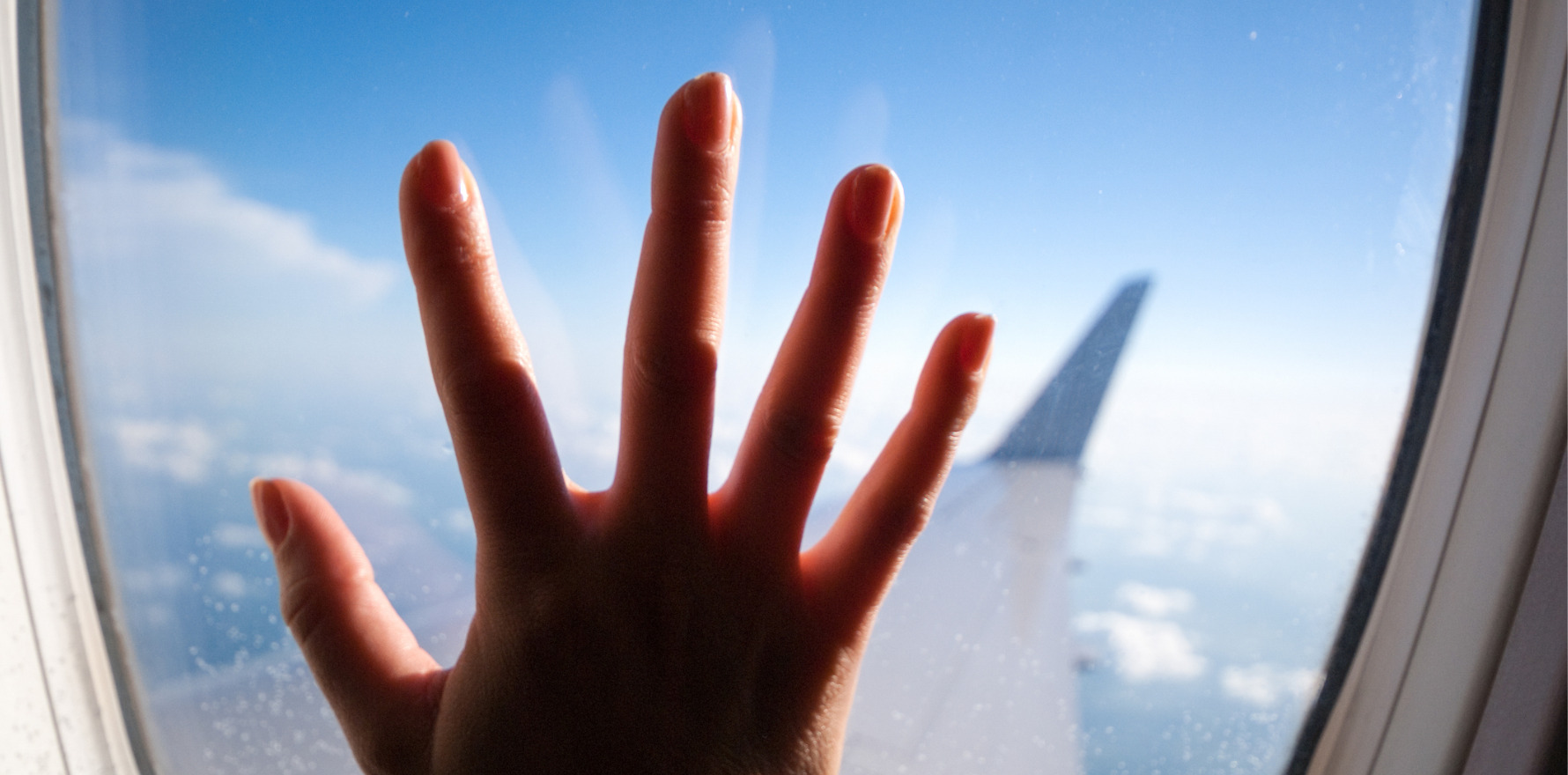
A national survey finds about three quarters of people with food allergy avoid trips due to fear of allergic reactions.
Travel anxiety is a widespread and significant issue for Australians with food allergy, a new national survey has revealed.
The survey, conducted by Allergy & Anaphylaxis Australia, found 99% of the 543 respondents reported stress or worry when travelling, while 76% admitted to avoiding travel altogether due to potential allergen risks.
In response, Allergy & Anaphylaxis Australia has developed a new Food Allergy Travel Hub that aims to help healthcare professionals support safer and less stressful travel for patients.
Other key findings of the survey, which involved people living with food allergy or their parents or carers, included:
- More than half (56%) said plane travel caused “a lot” of added fear.
- More than one in four (27%) avoided travel most or all of the time because of food allergy concerns.
- A third (35%) reported they had a mild, moderate or severe allergic reaction while travelling. Of these 42% went to hospital and 36% had adrenaline. Of the reactions described, the vast majority (69%) occurred when eating out.
Allergy & Anaphylaxis Australia CEO Maria Said said it was important to address the issue so that people living with food allergy and their families were not missing out on important milestones, trips and holidays because of travel fears.
“With the number of Australians travelling exceeding pre-covid levels, we have seen an increase in calls from people anxiously searching for information on travelling with food allergy, especially to popular destinations such as Japan,” said Ms Said.
“Our new Food Allergy Travel Hub has been designed to provide the support and confidence people need to plan well, eat smart and travel safe.
“While the risk is always there, taking precautions, such as always carrying two adrenaline devices, always reading food labels, telling anyone preparing food for you about your food allergy and taking your own food on the plane can help to create a safer travel experience and ensure people are prepared to manage an allergic reaction, if one occurs.”
The free online hub provides evidence-based resources that address the most common questions and concerns, whether travelling locally, interstate or overseas.
This includes airline policy comparisons, translated chef cards to advise hospitality staff of allergens, advice for travelling with adrenaline (epinephrine) devices, and checklists for everything from travel insurance to caravanning, cruising and overseas school trips.
It also has personal stories from people who have travelled overseas with allergies.
Research supports the benefits of travel planning. An international study, published in the Journal of Allergy and Clinical Immunology: In Practice, examined the incidence of in-flight medical events due to allergic reactions. The researchers found that the incidence of mid-air allergic reactions were “uncommon”.
“The incidence of allergic IMEs at meta-analysis was 0.7 events per million passengers (95% CI 0.4–1.1),” the authors wrote.
“Reassuringly, the rate of allergic IMEs has been stable over the past 30 years, despite increasing passenger numbers and food allergy prevalence, and the rate of allergic reactions had not increased in 30 years, despite more passengers and more people living with food allergy travelling via airlines.”
They said this needed to be interpreted in the context of the vast majority of food-allergic individuals taking a number of significant precautions when travelling, ranging from avoiding flying in the first place to wiping down their seat area and bringing their own food to consume during the flight.
“In summary, we found that the rate of IMEs due to food-induced allergic reactions is low: for a typical food-allergic passenger, the risk of an accidental reaction is one reaction per 3600 food-allergic passengers travelling on board an aircraft in any one-year period,” the researchers concluded.
“This is 10 to 100 times lower than the equivalent incidence in food-allergic individuals when not travelling.”
The Allergy & Anaphylaxis Australia survey also found only a small number of people reported allergic reactions while flying – 12 out of 543 people (2%) – and none administered their adrenaline.
“We hope this shows people are following appropriate advice and taking their own food on the plane. It is one of the most important steps to lowering allergy risk,” said Ms Said.
The survey found the vast majority (69%) of allergic reactions occurred when eating out. It also showed 54% of reactions had taken place in Australia, compared to 46% overseas.
National Allergy Council CEO Dr Sandra Vale said the survey results were an important reminder to not be complacent when travelling for work or holidaying at home.
“Use Allergy & Anaphylaxis Australia chef cards and always tell hospitality staff about your food allergy. It could help prevent a potentially life-threatening allergic reaction,” said Dr Vale.
“I also urge food service owners to ensure all staff complete the National Allergy Council’s free All about Allergens online food service training courses. Just like responsible service of alcohol, it is a vital step towards keeping customers safe, whether they are on holiday or if they are your regulars.”
Australia has one of the highest rates of food allergies and hospital anaphylaxis admissions in the world.
The new Allergy & Anaphylaxis Australia Food Allergy Travel Hub can be found here.
Journal of Allergy and Clinical Immunology: In Practice, November 2023

